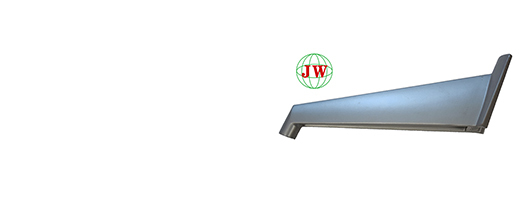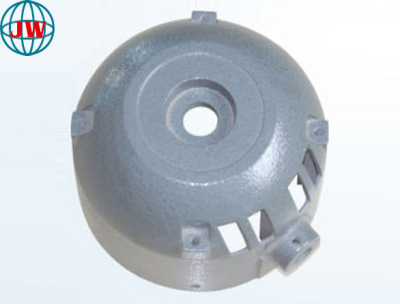
Illuminating Excellence: The Unrivaled Appeal of Aluminum Alloy Lighting Fixture Accessories
2025-06-17 16:15
In the ever-evolving world of lighting design, the demand for components that seamlessly blend functionality, durability, and aesthetic appeal has reached new heights. Aluminum alloy lighting fixture accessories, particularly aluminum lighting die-cast components and aluminum alloy die-cast parts, have emerged as the cornerstone of modern lighting solutions. Crafted with precision using advanced die-casting molds, these accessories not only elevate the performance of lighting fixtures but also enhance their visual allure, making them a top choice for designers, manufacturers, and consumers alike. This comprehensive article delves into the features, benefits, applications, and technological advancements of aluminum alloy lighting accessories, highlighting why they are revolutionizing the lighting industry.
The Art and Science of Aluminum Alloy Die-Casting for Lighting Accessories
At the heart of every exceptional aluminum alloy lighting fixture accessory lies the intricate process of die-casting. Die-casting involves injecting molten aluminum alloy under high pressure into a die-casting mold, which is meticulously designed to create components with precise shapes and dimensions. Once the metal solidifies, the mold opens, and the finished aluminum lighting die-cast component is ejected, ready to be integrated into lighting fixtures.
The Role of Die-Casting Molds
Die-casting molds are the unsung heroes of the aluminum alloy die-casting process. These molds are typically made from high-grade tool steel and are engineered to withstand the extreme pressures and temperatures generated during casting. Advanced computer-aided design (CAD) and computer-aided manufacturing (CAM) technologies are employed to create molds with complex geometries, ensuring that each aluminum alloy die-cast part meets the strictest quality standards. The precision of die-casting molds allows for the production of lighting accessories with fine details, smooth surfaces, and tight tolerances, eliminating the need for extensive post-processing.
Material Advantages of Aluminum Alloys
Aluminum alloys are the ideal choice for lighting fixture accessories due to their unique combination of properties:
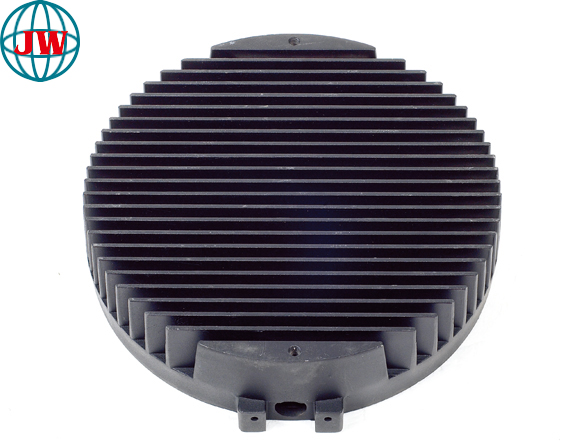
· Lightweight Design: Aluminum is significantly lighter than other metals, such as iron or copper. This lightweight nature makes aluminum alloy die-cast parts easy to handle, install, and transport, reducing labor costs and logistical challenges.
· Corrosion Resistance: Aluminum alloys naturally form a thin oxide layer on their surface, providing excellent corrosion resistance. This property ensures that aluminum lighting die-cast components maintain their integrity and appearance even in humid or outdoor environments, making them suitable for a wide range of applications.
· Thermal Conductivity: Aluminum has high thermal conductivity, which is crucial for lighting fixtures. Aluminum alloy lighting fixture accessories can effectively dissipate heat generated by light sources, preventing overheating and extending the lifespan of the bulbs or LEDs.
· Aesthetic Appeal: Aluminum alloys can be easily finished with various surface treatments, such as anodizing, powder coating, or polishing, to achieve a wide range of colors and textures. This versatility allows designers to create lighting accessories that complement any interior or exterior design scheme.
Key Benefits of Aluminum Alloy Lighting Fixture Accessories
Precision and Consistency
The die-casting process ensures that each aluminum alloy die-cast part is produced with exceptional precision and consistency. The high-pressure injection of molten metal into the die-casting mold results in components with uniform wall thicknesses, accurate dimensions, and smooth surfaces. This precision not only enhances the functionality of the lighting accessories but also improves the overall quality and reliability of the lighting fixtures.
Design Flexibility
Aluminum alloy lighting fixture accessories offer unparalleled design flexibility. Die-casting allows for the creation of complex shapes, intricate patterns, and innovative designs that are difficult or impossible to achieve with other manufacturing methods. Whether it's a sleek, modern pendant light or a ornate, traditional chandelier, aluminum lighting die-cast components can be customized to meet the specific design requirements of any project.
Durability and Longevity
Aluminum alloys are known for their strength and durability. Aluminum alloy die-cast parts can withstand mechanical stress, vibrations, and impacts, making them suitable for both residential and commercial lighting applications. Additionally, the corrosion resistance of aluminum alloys ensures that the lighting accessories maintain their appearance and performance over time, reducing the need for frequent replacements or repairs.
Cost-Effectiveness
Despite their high-quality properties, aluminum alloy lighting fixture accessories are cost-effective. The die-casting process is highly automated, which reduces labor costs and increases production efficiency. Additionally, the use of aluminum alloys, which are relatively abundant and affordable, helps to keep material costs in check. The long lifespan and low maintenance requirements of these accessories also contribute to their overall cost-effectiveness.
Applications of Aluminum Alloy Lighting Fixture Accessories
Residential Lighting
In residential settings, aluminum alloy lighting fixture accessories are used to create a wide range of lighting solutions, from elegant ceiling fixtures to functional table lamps. The lightweight and corrosion-resistant properties of aluminum make it ideal for indoor and outdoor applications. For example, aluminum lighting die-cast components can be used to create durable and stylish outdoor sconces that withstand the elements, while sleek aluminum chandeliers add a touch of sophistication to living rooms and dining areas.
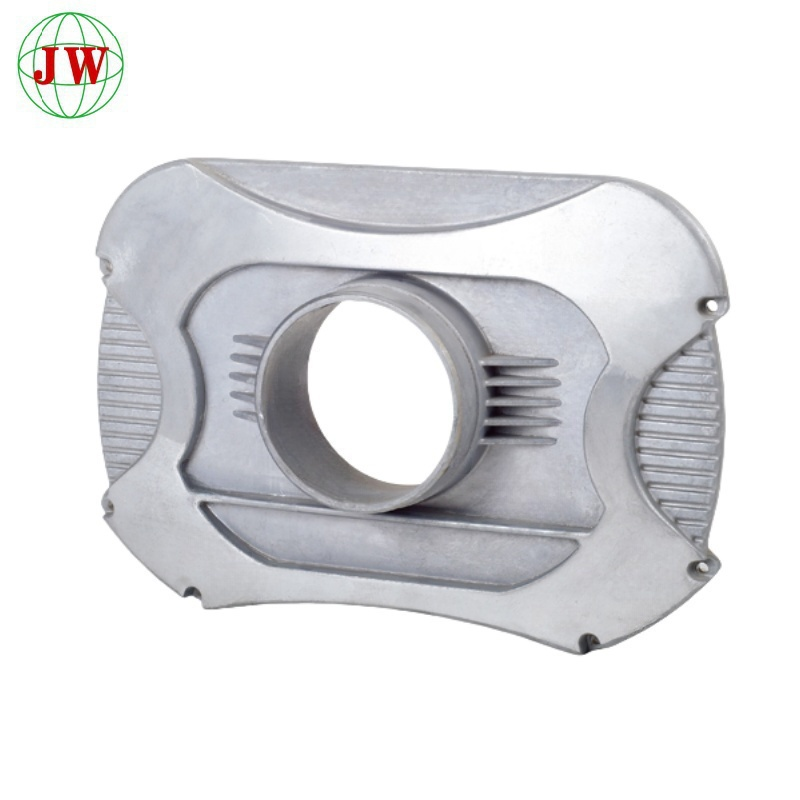
Commercial Lighting
In the commercial sector, aluminum alloy lighting fixture accessories play a crucial role in creating functional and visually appealing lighting environments. In offices, aluminum pendant lights and recessed fixtures provide efficient and comfortable illumination, while in retail stores, aluminum track lighting systems highlight products and create an inviting atmosphere. The durability and heat dissipation capabilities of aluminum alloy die-cast parts make them suitable for high-traffic commercial spaces, where reliability and performance are essential.
Outdoor Lighting
Outdoor lighting applications require components that can withstand harsh weather conditions and provide long-lasting performance. Aluminum alloy lighting fixture accessories are the perfect choice for outdoor lighting, as they are resistant to rust, corrosion, and UV damage. Aluminum streetlights, landscape lights, and floodlights are commonly used in public spaces, parks, and residential areas to enhance safety and security while adding aesthetic value to the surroundings.
Architectural Lighting
Architectural lighting is used to enhance the beauty and functionality of buildings. Aluminum alloy lighting fixture accessories are often used in architectural lighting projects due to their versatility and design flexibility. Aluminum wall sconces, cove lights, and facade lighting systems can be customized to match the architectural style of a building, creating a cohesive and visually stunning lighting design.
Technological Advancements in Aluminum Alloy Die-Casting for Lighting Accessories
3D Printing and Rapid Prototyping
The integration of 3D printing technology in die-casting mold development has revolutionized the production of aluminum alloy lighting fixture accessories. 3D printing allows for the rapid prototyping of molds, reducing the time and cost associated with traditional mold-making processes. This technology enables designers to quickly test and refine their designs, accelerating the product development cycle and bringing innovative lighting accessories to market faster.
Smart Manufacturing and Automation
Modern die-casting facilities are increasingly adopting smart manufacturing technologies, such as robotics and artificial intelligence (AI). Automated die-casting machines equipped with sensors and AI algorithms can monitor and optimize the production process in real-time, ensuring consistent quality and minimizing downtime. These advancements not only improve the efficiency and productivity of the manufacturing process but also enhance the precision and reliability of aluminum alloy die-cast parts.
Advanced Surface Finishing Techniques
Advancements in surface finishing techniques have further enhanced the aesthetic appeal and performance of aluminum alloy lighting fixture accessories. New coating technologies, such as nanocoatings and self-healing coatings, provide improved corrosion resistance, scratch resistance, and UV protection. Additionally, innovative finishing methods, such as digital printing and laser etching, allow for the creation of unique and personalized designs on aluminum surfaces, giving lighting accessories a distinctive and high-end look.
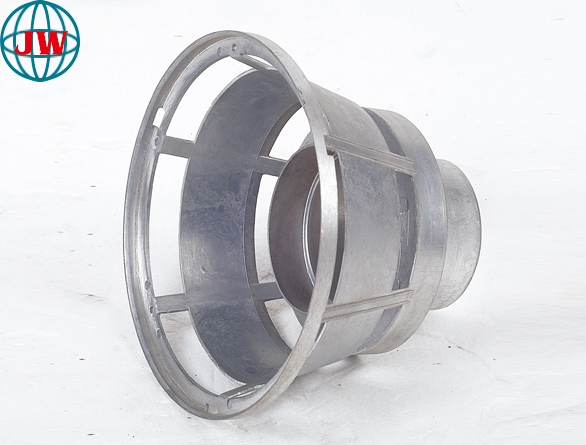
Choosing the Right Supplier for Aluminum Alloy Lighting Fixture Accessories
Selecting a reliable supplier is crucial for ensuring the quality and performance of aluminum alloy lighting fixture accessories. Here are some key factors to consider:
· Experience and Expertise: Look for a supplier with a proven track record in the production of aluminum lighting die-cast components and aluminum alloy die-cast parts. An experienced supplier will have the technical know-how and manufacturing capabilities to meet your specific requirements.
· Quality Assurance: Ensure that the supplier has a comprehensive quality control system in place, including in-process inspections and final product testing. Certification to international standards, such as ISO 9001, is a strong indicator of the supplier's commitment to quality.
· Design Support: A good supplier should offer design assistance, helping you to optimize the design of your lighting accessories for manufacturability, functionality, and aesthetics. Their expertise in CAD/CAM design and die-casting technology can significantly enhance the efficiency and success of your projects.
· Customization Options: Choose a supplier that offers a wide range of customization options, allowing you to create unique and personalized aluminum alloy lighting fixture accessories that meet the specific needs of your clients or projects.
· Delivery Time and Service: Consider the supplier's delivery time and customer service. A reliable supplier should be able to provide timely delivery of your orders and offer responsive customer support to address any issues or concerns.
Conclusion
Aluminum alloy lighting fixture accessories, including aluminum lighting die-cast components and aluminum alloy die-cast parts, have become an essential part of modern lighting design. Their unique combination of lightweight design, corrosion resistance, thermal conductivity, and aesthetic appeal makes them the ideal choice for a wide range of lighting applications. With the continuous advancements in die-casting technology, material science, and surface finishing techniques, aluminum alloy lighting accessories are set to become even more innovative, durable, and visually stunning. By choosing the right supplier and leveraging the latest technological advancements, designers, manufacturers, and consumers can create lighting solutions that not only illuminate spaces but also enhance their beauty and functionality.
Get the latest price? We'll respond as soon as possible(within 12 hours)
